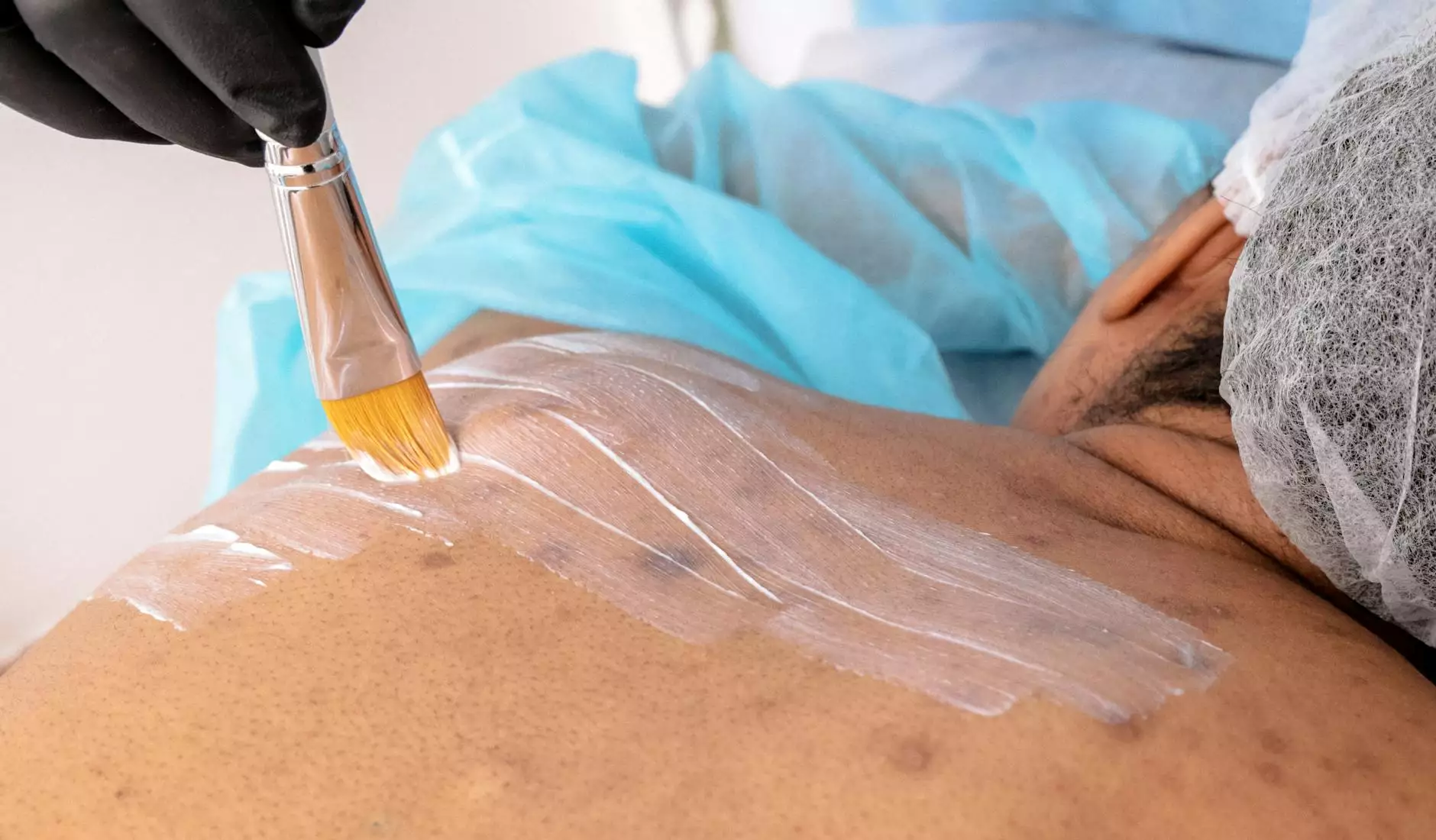Frequently asked questions about uterine fibroids

Introduction to Uterine Fibroids
Uterine fibroids, also known as leiomyomas, are common non-cancerous growths that develop in the uterus of reproductive-aged women. These benign tumors can vary in size, ranging from as small as a seed to as large as a grapefruit. While fibroids can be asymptomatic and go undetected, they can also cause a range of symptoms that can significantly impact a woman's quality of life.
What are the Symptoms of Uterine Fibroids?
The symptoms of uterine fibroids can vary depending on their location, size, and number. Some common symptoms include:
- Heavy or prolonged menstrual bleeding
- Severe menstrual cramps
- Pelvic pressure or pain
- Increased frequency of urination
- Difficulty emptying the bladder
- Constipation
- Back or leg pain
What are the Causes and Risk Factors of Uterine Fibroids?
The exact cause of uterine fibroids is still unknown. However, several factors may increase the risk of developing fibroids, including:
- Hormonal imbalances, especially high levels of estrogen and progesterone
- Family history of uterine fibroids
- Being African-American
- Obesity
- Early onset of menstruation
- Never having given birth
How are Uterine Fibroids Diagnosed?
If you suspect you have uterine fibroids or are experiencing related symptoms, it is important to consult with a healthcare professional for a thorough evaluation. The following diagnostic methods may be used:
- Pelvic examination: The doctor will perform a manual examination of the pelvic region to feel for any abnormalities or changes in the uterus.
- Ultrasound: An ultrasound scan uses sound waves to create images of the uterus and fibroids, allowing the doctor to determine their size, location, and number.
- MRI (Magnetic Resonance Imaging): MRI scans may be recommended for more detailed imaging of the fibroids and their impact in the uterus.
- Hysteroscopy: This procedure involves inserting a thin tube with a camera through the vagina and cervix to visualize the inside of the uterus and detect any fibroids present.
Treatment Options for Uterine Fibroids
When it comes to addressing uterine fibroids, treatment options depend on various factors, including the severity of symptoms, the size and number of fibroids, a woman's desire for future fertility, and personal preferences. The available treatment options include:
1. Watchful Waiting
In cases where the fibroids are small and asymptomatic, healthcare providers may recommend a "watchful waiting" approach, monitoring the fibroids' growth and symptoms over time.
2. Medications
Certain medications, such as hormonal birth control pills or GnRH agonists, may be prescribed to help manage symptoms or shrink fibroids temporarily.
3. Minimally Invasive Procedures
If symptoms are significant or affecting the quality of life, minimally invasive procedures may be recommended:
- Uterine artery embolization: This procedure blocks the blood supply to the fibroids, causing them to shrink.
- Myomectomy: It involves surgically removing the fibroids while preserving the uterus, making it an option for women who desire future fertility.
- Hysteroscopic morcellation: This procedure removes small fibroids through the cervix with a specialized device.
4. Surgical Interventions
In some cases, surgical interventions may be necessary, especially if the fibroids are large, causing severe symptoms or fertility issues:
- Abdominal myomectomy: It involves removing fibroids through an abdominal incision.
- Uterine fibroid embolization (UFE): This procedure blocks the blood vessels supplying the fibroids, causing them to shrink.
- Hysterectomy: In severe cases, the uterus may need to be removed, providing a definitive solution for fibroids; however, it also eliminates the possibility of future pregnancies.
Contact Grim Harley, MD for Expert Advice and Personalized Care
If you have concerns about uterine fibroids or need expert advice, Dr. Grim Harley and his experienced team are here to help. With a focus on patient-centered care and the latest advancements in fibroid treatment, we provide comprehensive evaluations, personalized treatment plans, and ongoing support to our patients. Contact us today to schedule a consultation and take the first step towards finding relief from uterine fibroids.
Conclusion
Understanding uterine fibroids, their symptoms, causes, and available treatment options is crucial for women seeking relief from their impact on daily life. Whether you choose conservative measures, medications, minimally invasive procedures, or surgical interventions, the key is to consult with a qualified healthcare professional who can guide you through the decision-making process and tailor a treatment plan to meet your unique needs and goals. Grim Harley, MD, and our dedicated team are here to support you every step of the way on your journey to optimal well-being.









